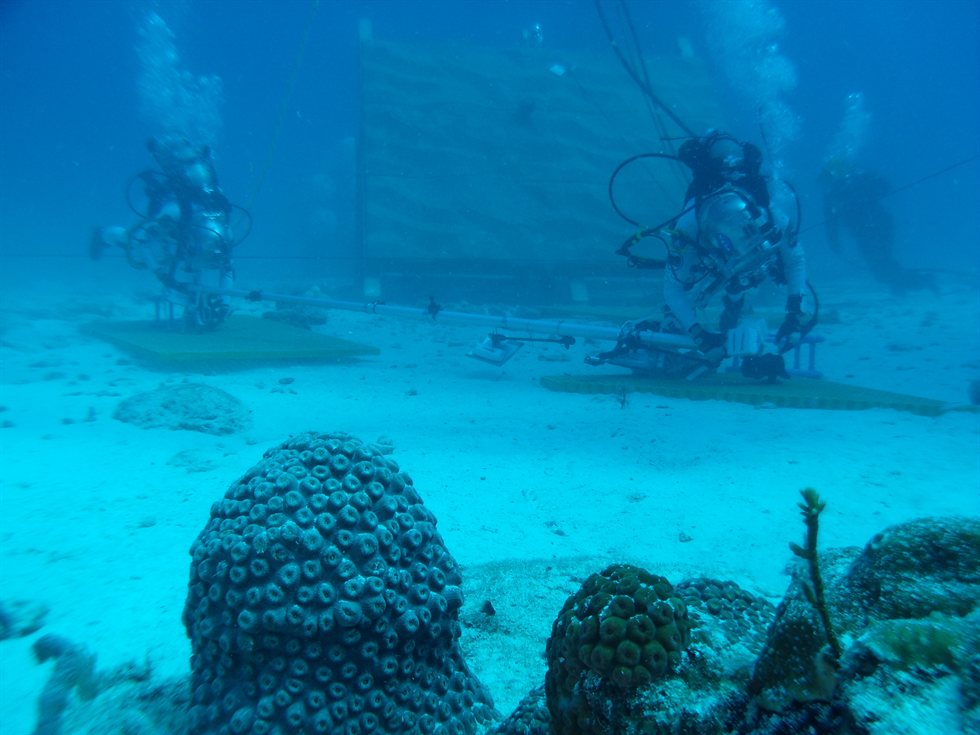NASA will send an international crew to the floor of the Atlantic Ocean this summer to prepare for future deep space missions during the 10-day NASA Extreme Environment Mission Operations (NEEMO) 22 expedition slated to begin June 18.
NEEMO 22 will focus on both exploration spacewalks and objectives related to the International Space Station and deep space missions. As an analogue for future planetary science concepts and strategies, marine science also will be performed under the guidance of Florida International University’s marine science department.
NASA astronaut Kjell Lindgren will command the NEEMO 22 mission aboard the Aquarius laboratory, 62 feet below the ocean surface near Key Largo Florida. Lindgren was part of space station Expeditions 44 and 45 in 2015, where he spent 141 days living and working in the extreme environment of space. He conducted two spacewalks on his first spaceflight.
Lindgren will be joined by ESA (European Space Agency) astronaut Pedro Duque; Trevor Graff, a Jacobs Engineering employee working as a planetary scientist at NASA’s Johnson Space Center in Houston; and research scientist Dom D’Agostino from the University of South Florida and the Florida Institute for Human and Machine Cognition.
“The close parallels of inner and outer space exploration will be clearly demonstrated during this undersea mission,” NEEMO Project Lead Bill Todd said. “The daily seafloor traverses, or extravehicular activities in space jargon, are jam packed with technology and operations concept testing, as well as complex marine science. In the interior of Aquarius, aquanauts and astronauts will tackle an array of experiments and human research related to long duration space travel.”
Objectives for the crew include testing spaceflight countermeasure equipment, technology for precisely tracking equipment in a habitat and studies of body composition and sleep. The crew also will assess hardware sponsored by ESA that will help crew members evacuate someone who has been injured on a lunar spacewalk.
The NEEMO crew and two professional habitat technicians will live in Florida International University’s Aquarius Reef Base undersea research habitat 6.2 miles (5.4 nautical miles) off the Florida coast.
For more information about NEEMO, the crews and links to follow the mission on Facebook and Twitter, visit:


























